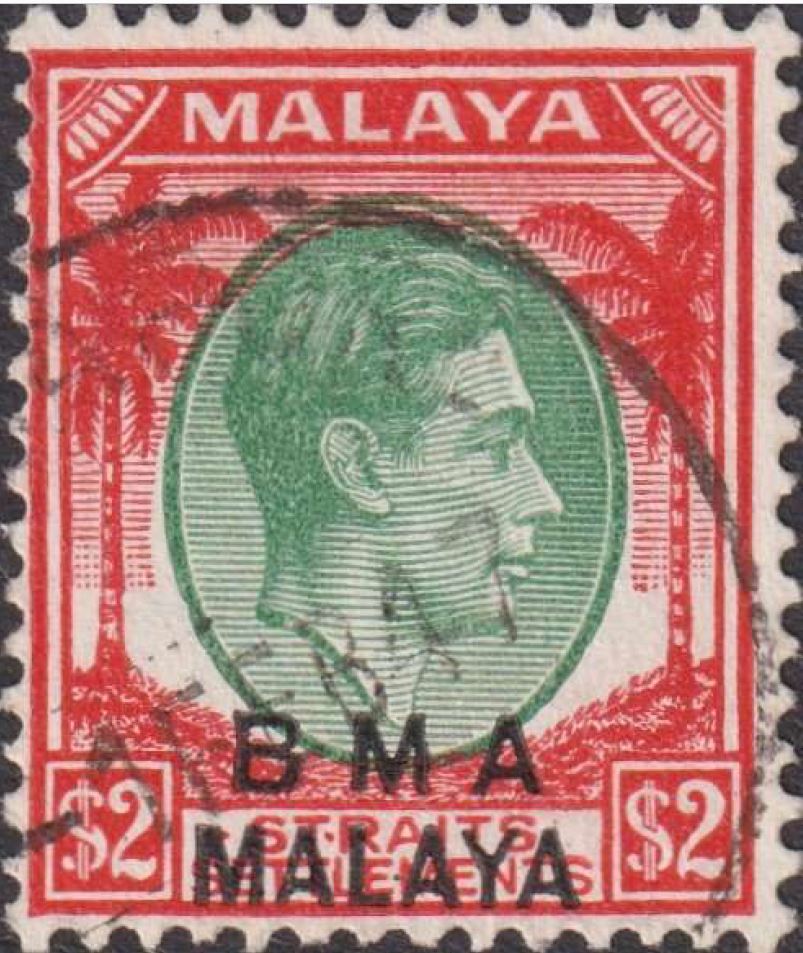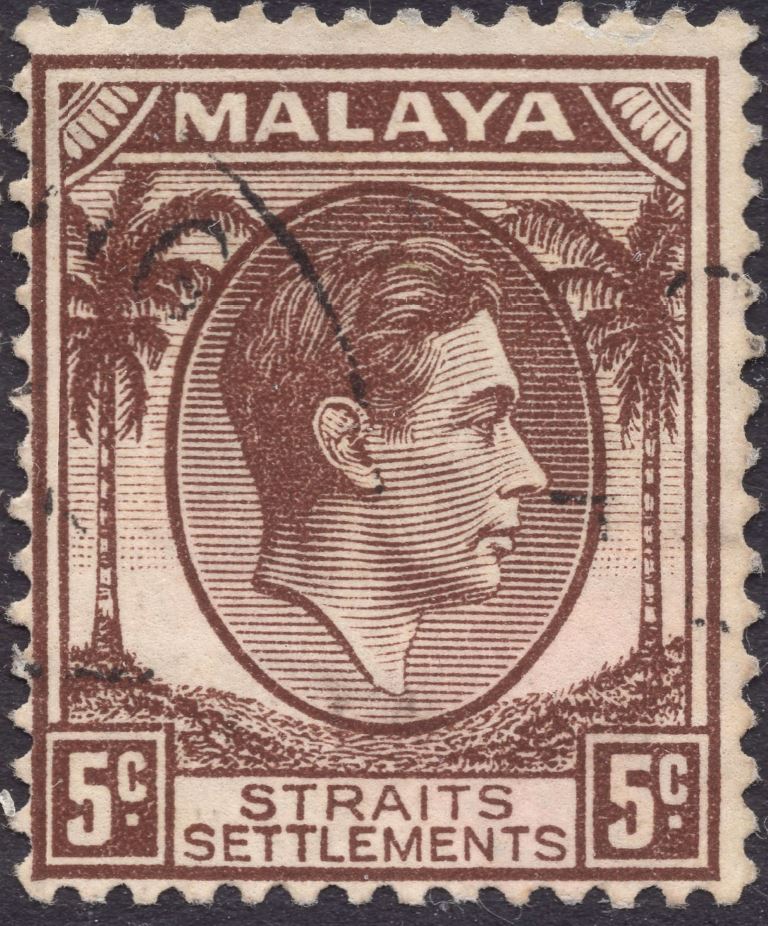- what are the sheet positions of the dots around "STRAITS"?
There were no fixed positions, just an at random one depending on "wear and tear"!

|
I am new to the Malaya Study Group, but with an almost 60 years of experience in researching stamp printing processes and stamp paper manufacturing, I allow myself to stir up the bit rusty philatelic conventions. Let's restrict my comments to the 1935-1957 period of Straits Settlements for the moment. After having read the last 10 years of The Malayan Philatelist I am really impressed by the in-depth articles published there! So what is the problem? Is it just mine or does it reach further? A few examples: - what caused the striation in "striated paper"?
|
All are the wrong questions! And lead to the wrong answers! Basics would be to ask ourselves a few things that haven't been questioned at all since the stamps concerned were issued. - who were the stamp printers during 1935-1957?
Some questions can be answered to some extent, but not wholly. |
|
We may have to accept that answers may NEVER come as the period involved is so long ago that no person involved then is still alive and those who were around did not always bother to write things down. The Archives both of the printers and the Crown Agent rather give data and numbers. No printing methods, no types of paper! What we seem to know is what has been reconstructed supposing there were just a few types of paper such as "chalk-surfaced or "substitute paper". All done in good faithbut not sufficient enough. The article Lin Yangchen and I wrote recently point out that there is still a lot of research to do! |
Elementary a.o., is the question of whether stamp paper was calandered, surfaced by varnishing, applying gum arabic or some kind of other coating? Or NOT at all! Do we know? Have we bothered to study this? Of course this concerns the earlier (and later) periods as well. Whether or not "chalk" was present will have to do with why stamp paper was prepared in some ways? For better printing results? To stop re-using of stamps? |
|
I will, in due course, try to discuss several aspects that whether we like or not are intertwined and need only a pair of good eyes, magnifying glasses [not exceeding 30x], a UV-lamp, and a computer scanner [1200-2400dpi will do] in order to let other people share in what we observed. So, NO microscope or other sophisticated instruments "analytical philately" is promoting! Do our simple job first and then should we need to know which type of trees was used for ordinary paper, it is early enough! Back to the questions I put! |
- what caused the striation in "striated paper"?
There is NO striated paper, we may be dealing with a striated coating! - does the 50c BMA exist on chalky paper?
Maybe not! Analysis can prove that. But 2 types of paper do exist - with or without pits! - what caused the stripes in the King's head of the 1937 KGVI 12c? Should we know what printing process was used, we may need to explain a few other features first! And then the answer may follow from these answers! |
|
- what are the sheet positions of the dots around "STRAITS"? There were no fixed positions, just an at random one depending on "wear and tear"! 
|
|
Some questions to be answered first: - stamp printers were De La Rue to start with, but in 1941 Harrison& Sons and Williams Lea took over. When did DLR resume their printing? In 1947? - all stamps concerned were supposed to have been printed in typography [also called letterpress] but the 5c stamp [and many more!] do not look like that at all! Those and other aspects to be dealt with later on. 
|